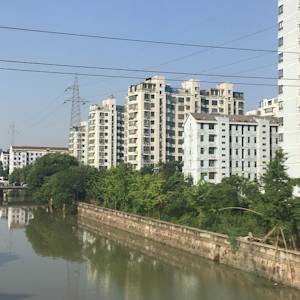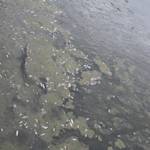Yangtze River
2023 CE • China
"China’s Yangtze River is the world’s third longest river. It runs for 3,900 miles from the Tibetan Plateau to the estuary of the East China Sea near Shanghai. The Yangtze River Basin has some of the highest levels of biodiversity in the world—from towering mountains and dense forests to fertile wetlands and bustling waterways created by seasonal flooding. The area covers nearly 448 million acres, an area more than four times the size of California. The Yangtze’s rich and complex terrains and climate have created a wide range of natural ecosystems that provide vital habitats for such charismatic species as the snow leopard, giant panda, and Yangtze finless porpoise. Historically, it has also sustained numerous local communities that rely on the river for drinking water, farming, fishery, and transportation. But unprecedented economic growth, combined with expansion of industries and rapid urbanization, in the basin is putting a severe strain on the river . . . The Yangtze River Basin is faced with enormous environmental challenges arising from population pressure and rapid economic development. In the last 50 years, the population has more than doubled, with the heaviest concentrations along the river. The economic boom led by rapidly expanding industry, sprawling cities, infrastructure development, and mineral extraction is having a major impact on the biodiversity and ecosystems in the region . . . The impacts of climate change are creating great uncertainties for the future of this already vulnerable region . . . Deforestation and agricultural encroachment have threatened the Yangtze for many years. Almost all the natural habitats, including nature reserves, face pressure from local and domestic markets for animals and plants used for food and medicine."
"Yangtze," World Wildlife Fund.
Image: International Rivers via Flickr, Attribution-NonCommercial-ShareAlike 2.0 Generic (CC BY-NC-SA 2.0)


Learn about Maya Lin’s fifth and final memorial: a multi-platform science based artwork that presents an ecological history of our world - past, present, and future.

Discover ecological histories and stories of former abundance, loss, and recovery on the map of memory.

Learn how we can reduce our emissions and protect and restore species and habitats – around the world.

See how art can help us rethink the problems we face, and give us hope that each one of us can make a difference.

Help make a global memorial something personal and close to home. Share your stories of the natural world.


